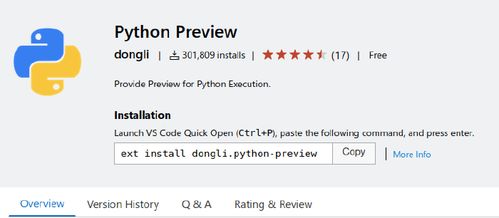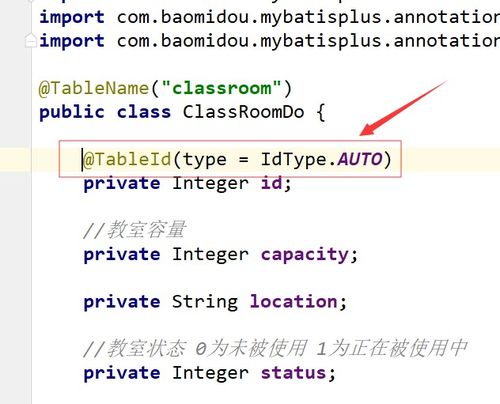
What Type of Encoding is Typically Used in HTML Files?
Understanding the encoding used in HTML files is crucial for web development, as it affects how text, symbols, and characters are displayed on web pages. In this article, I will delve into the different types of encoding commonly used in HTML files, their purposes, and how they impact web design and accessibility.
Character Encoding: The Basics

Character encoding is a method for representing text in a way that computers can understand and process. It assigns a unique number to each character, symbol, or byte. The most common character encoding used in HTML files is UTF-8, which is backward compatible with ASCII and can represent any character in the Unicode standard.
UTF-8: The Universal Choice

UTF-8 (Unicode Transformation Format – 8-bit) is the preferred encoding for HTML files due to its versatility and compatibility. It can encode any character from the Unicode standard, which includes virtually all characters used in the world’s writing systems. Here are some key points about UTF-8:
| Feature | Description |
|---|---|
| Compatibility | Backward compatible with ASCII, meaning ASCII characters are encoded as single bytes. |
| Efficiency | Can encode any character from the Unicode standard, using 1 to 4 bytes per character. |
| Flexibility | Can represent characters from various languages, scripts, and symbols. |
ASCII Encoding: The Legacy

ASCII (American Standard Code for Information Interchange) is an older encoding standard that was widely used before the advent of Unicode. It can represent 128 characters, including letters, numbers, punctuation, and control characters. While ASCII is still used for certain applications, it is not sufficient for modern web development due to its limited character set.
ISO-8859-1 Encoding: The European Standard
ISO-8859-1, also known as Latin-1, is an encoding standard that can represent characters used in Western European languages. It is similar to ASCII but includes additional characters for accented letters, currency symbols, and other symbols. However, ISO-8859-1 is not suitable for encoding characters from non-Western languages or scripts.
Character Encoding in HTML Files
When creating an HTML file, it is essential to specify the character encoding to ensure that text is displayed correctly. This is done using the tag in the HTML document’s head section. Here’s an example of how to specify UTF-8 encoding:
<meta charset="UTF-8">
The Impact of Character Encoding on Web Design and Accessibility
Proper character encoding is crucial for web design and accessibility. Here are some reasons why:
-
Correct Display of Text: Using the appropriate encoding ensures that text, symbols, and characters are displayed correctly on web pages, regardless of the user’s browser or operating system.
-
Accessibility: Proper encoding allows users with disabilities, such as those who rely on screen readers, to access and understand the content of web pages.
-
Internationalization: Character encoding enables web developers to create websites that cater to users from various countries and regions, supporting multiple languages and scripts.
Conclusion
In conclusion, understanding the different types of character encoding used in HTML files is essential for web development. UTF-8 is the preferred encoding due to its versatility and compatibility, while ASCII and ISO-8859-1 are older standards that are no longer suitable for modern web development. By specifying the correct character encoding in your HTML files, you can ensure that your web pages are accessible, user-friendly, and display text correctly for all users.




